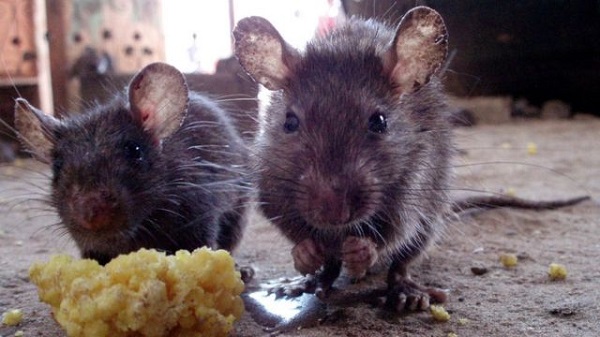
The Nigeria Centre for Disease Control and Prevention (NCDC) has reported an 18.5 per cent case fatality rate (CFR) for the Lassa fever outbreak, with 10 deaths and 54 confirmed cases recorded between December 30, 2024 and January 5, 2025.
In a statement released on Monday through its official website, the NCDC indicated that these numbers were part of 196 suspected cases reported during the same period.
The situation report revealed that the confirmed cases were distributed across six states and 20 local government areas. The affected states include Ondo, Edo, Bauchi, Taraba, Ebonyi, and Kogi.
A breakdown of the cases showed that 78 per cent of all confirmed infections were from Ondo, Edo and Bauchi states, with Ondo accounting for 35 per cent, Edo for 28 per cent, and Bauchi for 15 per cent.
The NCDC noted that the predominant age group affected is between 21 to 30 years, with a median age of 31.5 years and a male-to-female ratio of 1:0.6.
Although there has been an increase in suspected cases compared to the same period in 2024, no healthcare workers were infected during the first reporting week of 2025.
The NCDC has activated its National Lassa Fever multi-partner, multi-sectoral Incident Management System to oversee response efforts.
In 2024, Nigeria recorded 9,685 suspected cases of Lassa fever, with 1,187 confirmed cases and 191 deaths across 28 states and 138 local government areas.
Lassa fever, first identified in 1969 in Lassa village, Nigeria, is a viral hemorrhagic disease caused by the Lassa virus. The virus is primarily transmitted to humans through food or household items contaminated by the urine or feces of infected multimammate rats, a rodent commonly found in West Africa.
Human-to-human transmission is also possible, especially in healthcare settings that lack adequate infection control measures.
The disease affects hundreds of thousands annually across West Africa, causing symptoms such as fever, vomiting and, in severe cases, bleeding.
One of the most concerning complications is hearing loss, which impacts about 25 per cent of survivors. While fatality rates are estimated at around 1 per cent, they can rise significantly during outbreaks, particularly among pregnant women and healthcare workers.
Despite its substantial health impact, Lassa fever is categorised as one of the most neglected diseases, with limited resources available for its prevention and treatment.
Currently, there are no licensed vaccines for Lassa fever; however, about 20 candidates are under development, with the most advanced ones in Phase IIa clinical trials.

